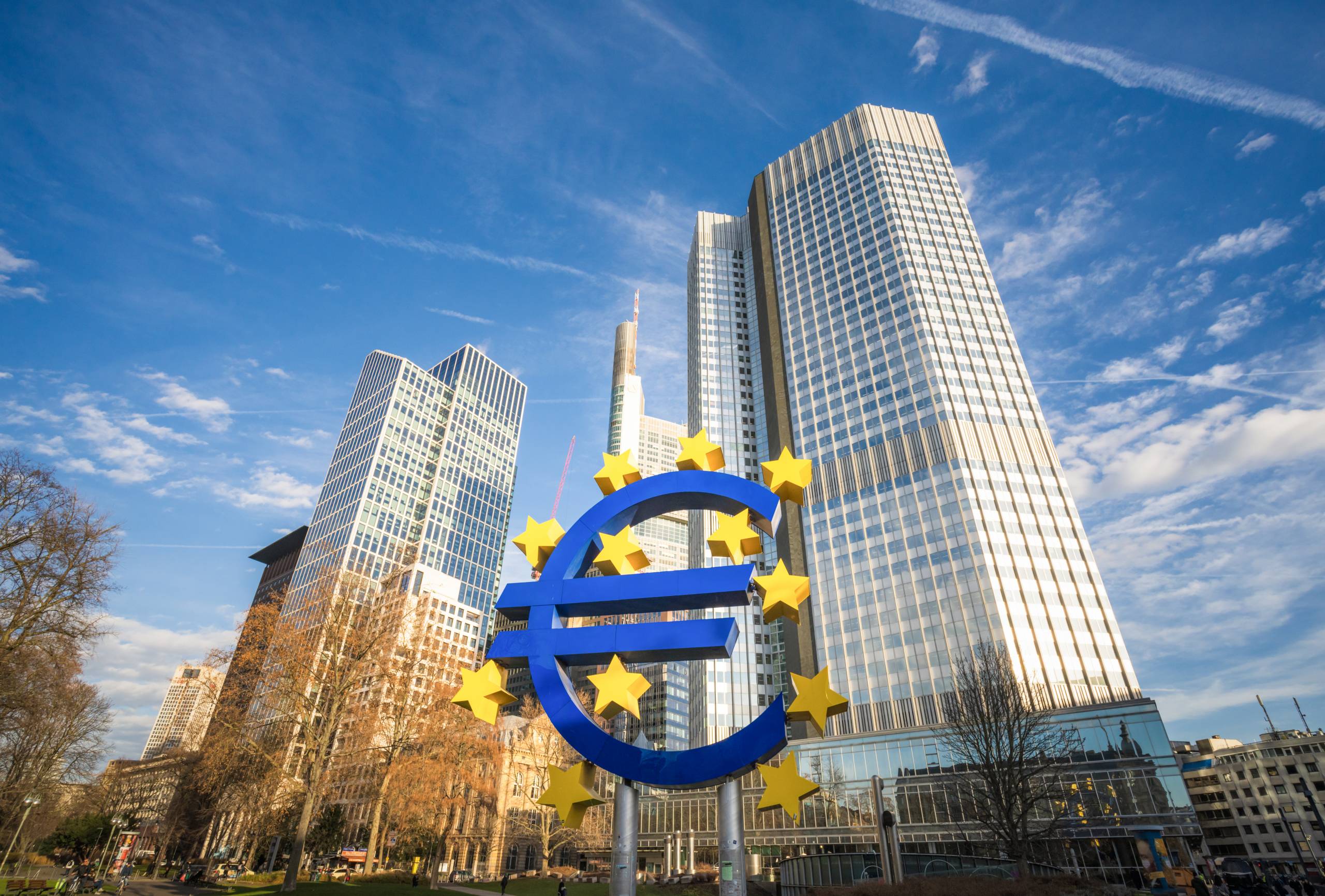Today’s ECB meeting was significant. As the first time the Directorate was invited to share a decision on interest rates following the August break, the meeting came after better-than-expected preliminary numbers on economic growth in the second quarter were announced.
Although the primary goal of the ECB in recent years has been economic stability, inflation remains its key mandate. This is why the meeting was so keenly awaited, particularly following Jerome Powell’s accommodative stance at Jackson Hole. In recent weeks, inflationary pressure has increased, which has cast doubt over the future of hyper-accommodative monetary policy.
Both expected and realised inflation has hit heights that we’re not accustomed to in the Eurozone. The European inflation figure of 3% YoY – above analysts’ expectations and the ECB’s own target – has given rise to a hawkish narrative, along with the unemployment rate, which is gradually returning to pre-pandemic levels (the situation differs across member states, naturally).
Expectations that interest rates would remain stable were confirmed. The most significant changes predicted were in the securities purchase programs. There are currently two stock purchase programs: the APP (Asset Purchase Program) and the Pandemic Emergency Purchase Program (PEPP).
The press release hinted at a “moderately lower pace of net asset purchases under the Pandemic Emergency Purchase Program (PEPP) than in the previous two quarters” – i.e. the intention is to reduce the number of purchases, even if:
- The total amount of the program was confirmed at €1,850 billion;
- A precise figure for the reduction hasn’t yet been specified.
It’s clear that the ECB wants to remain as flexible as possible in using its arsenal to support the economy, even if that means tolerating inflation being above 2% for a short period. In this context, inflation expectations matter. For the moment, ECB staff forecasts appear well-anchored, at 1.5% for 2023.
There were no unwelcome surprises at the conference. On the contrary, we found the upward revisions of the growth projections for 2021 an encouraging sign of confidence in the economic recovery. It’s unsurprising that supply-chain bottlenecks were highlighted as a threat to both inflation and economic growth but, for now, Central Banks can do little about them.
The ECB is also not alone in taking this stance. This is the direction dictated by the Fed and, indeed, other central banks globally. The Fed, the Bank Of England and other smaller central banks have confirmed the continuation of accommodative policy, while beginning to set out the path towards a gradual exit. Markets not only seem unfazed but are aligned with the confident messages coming from the monetary authorities.





